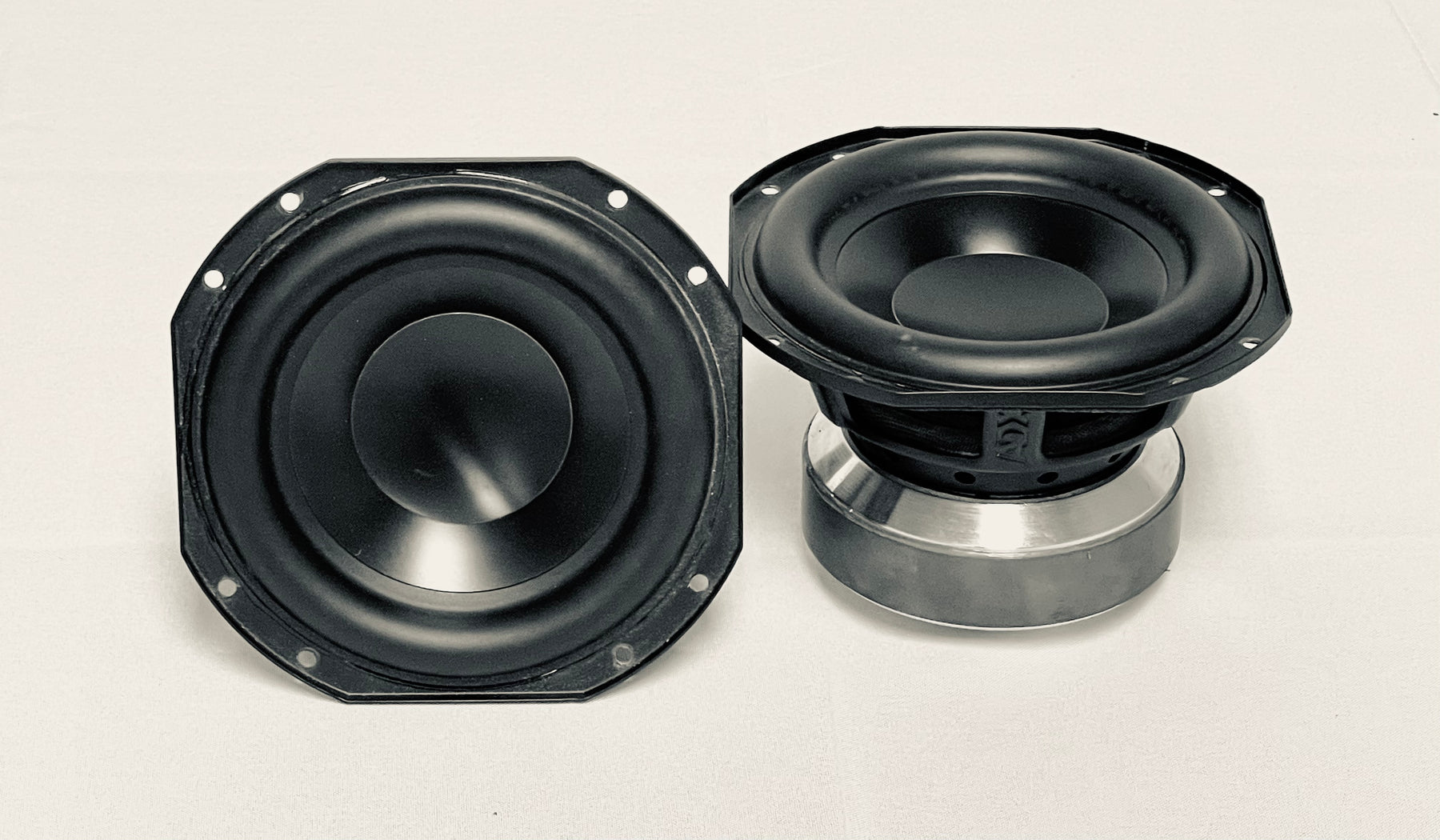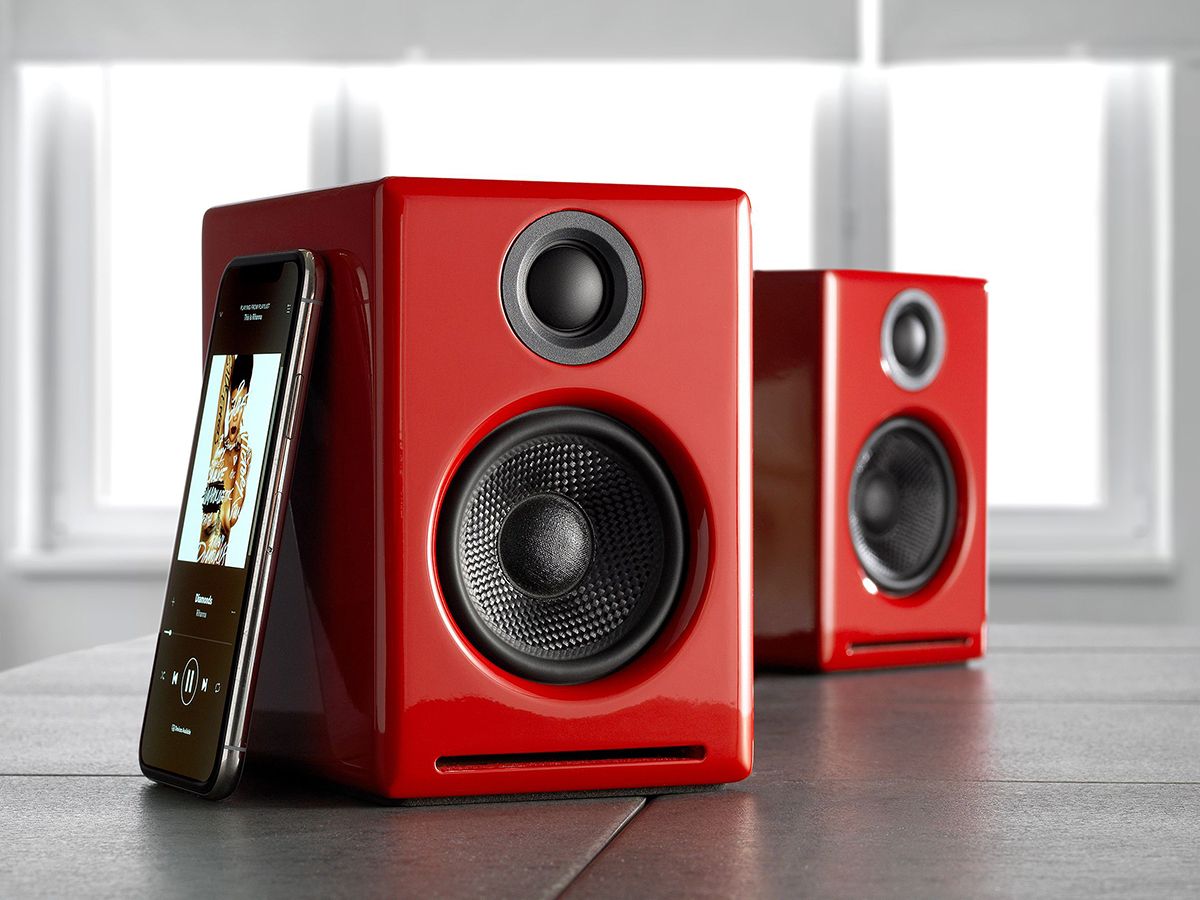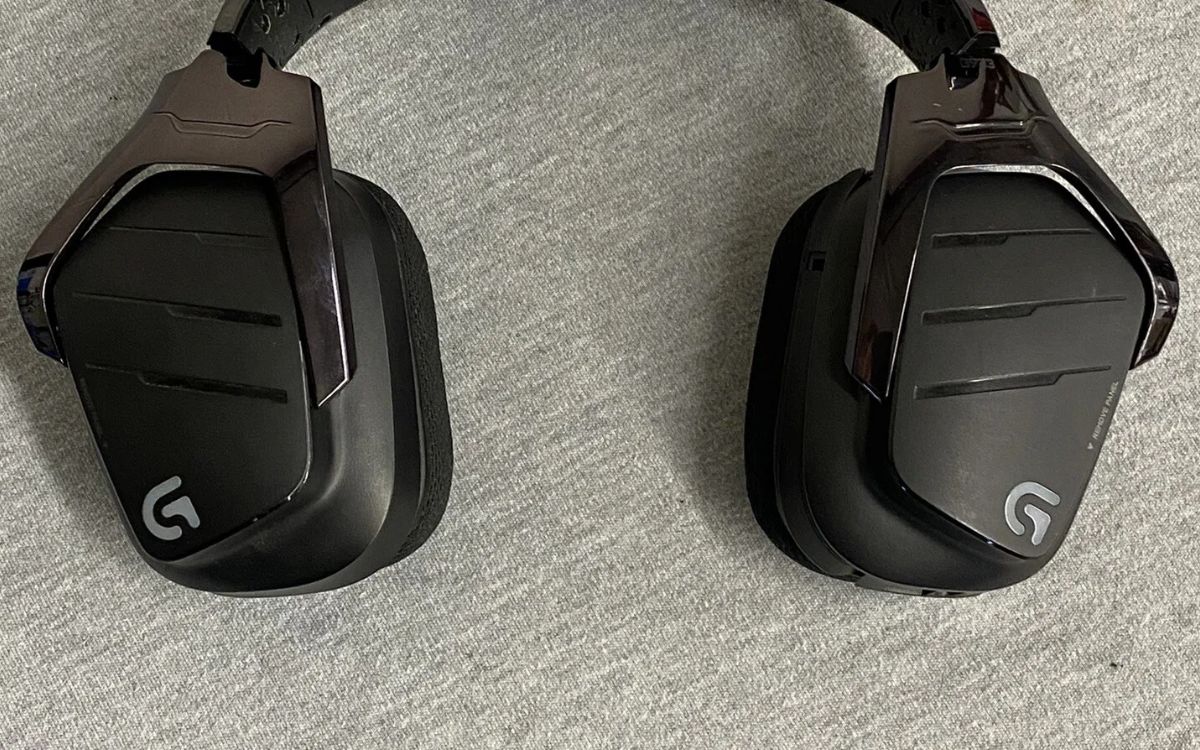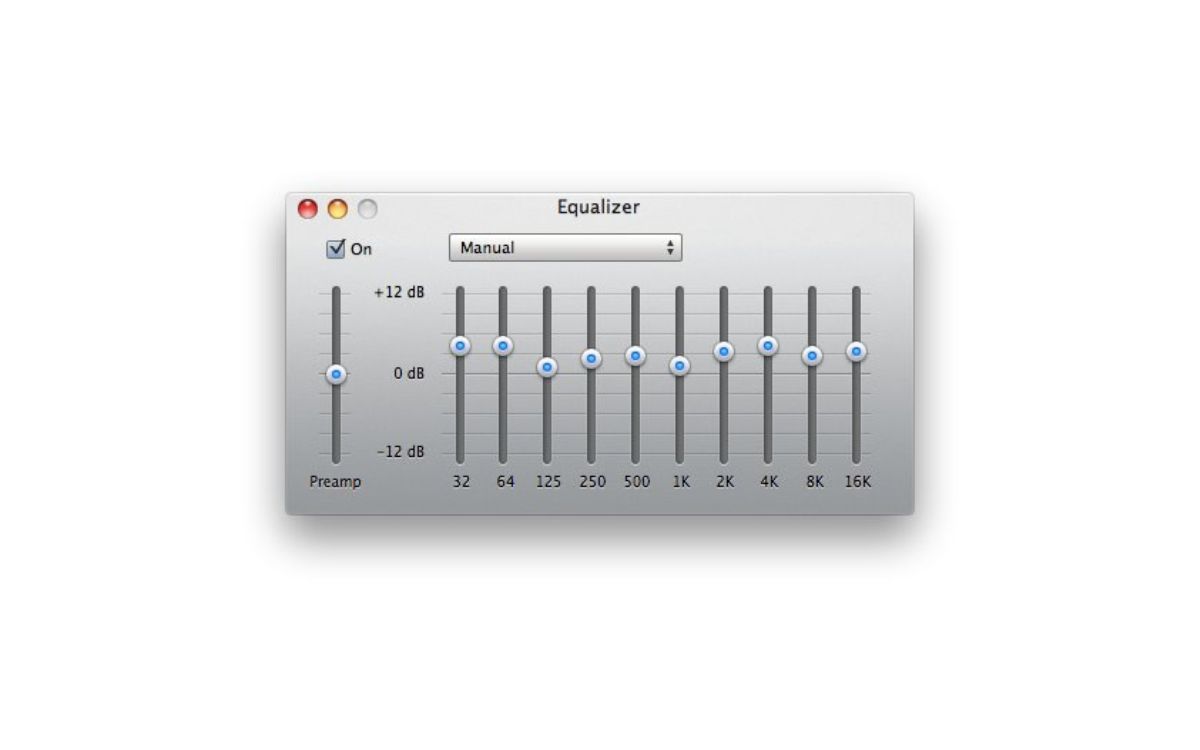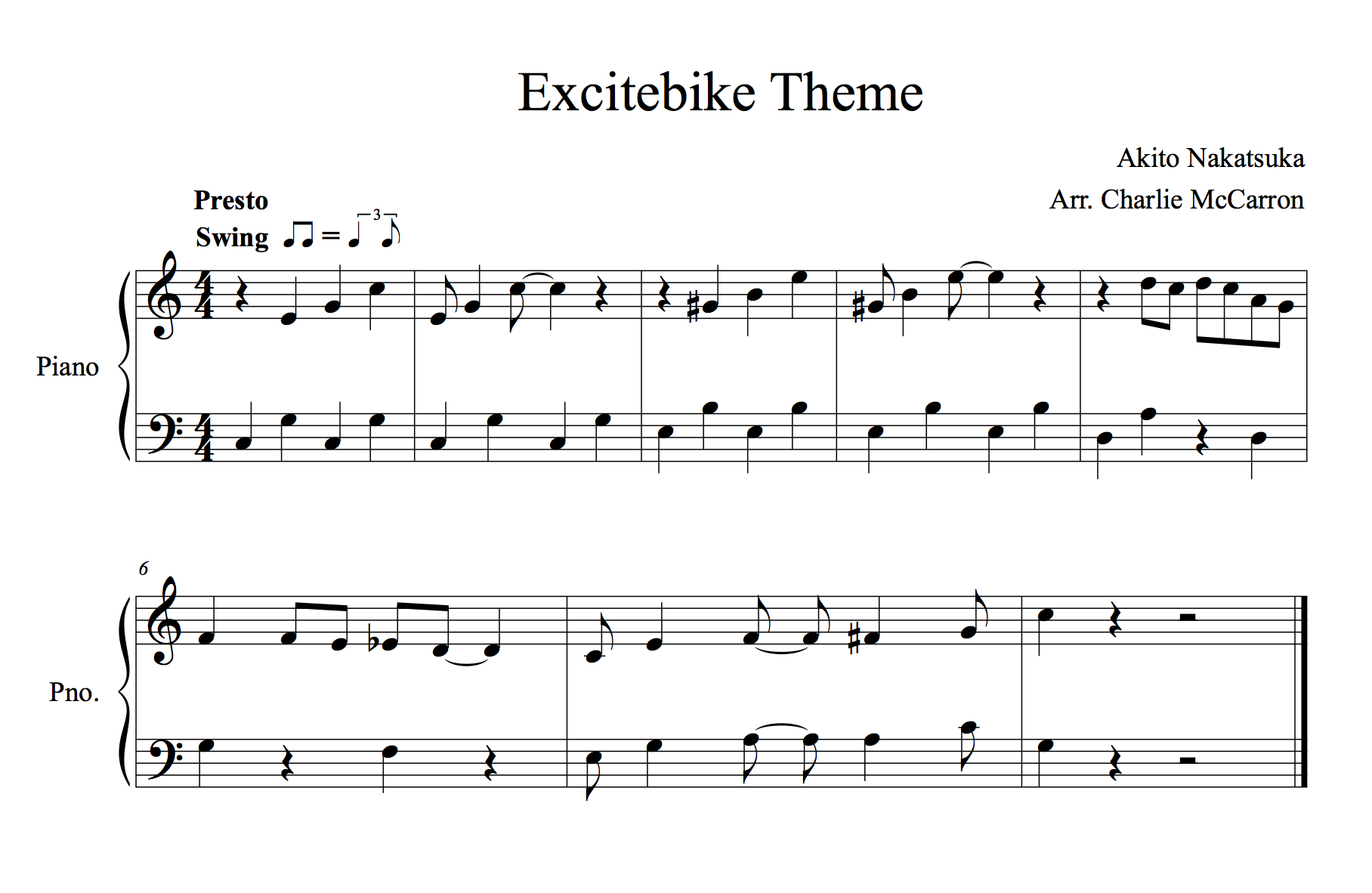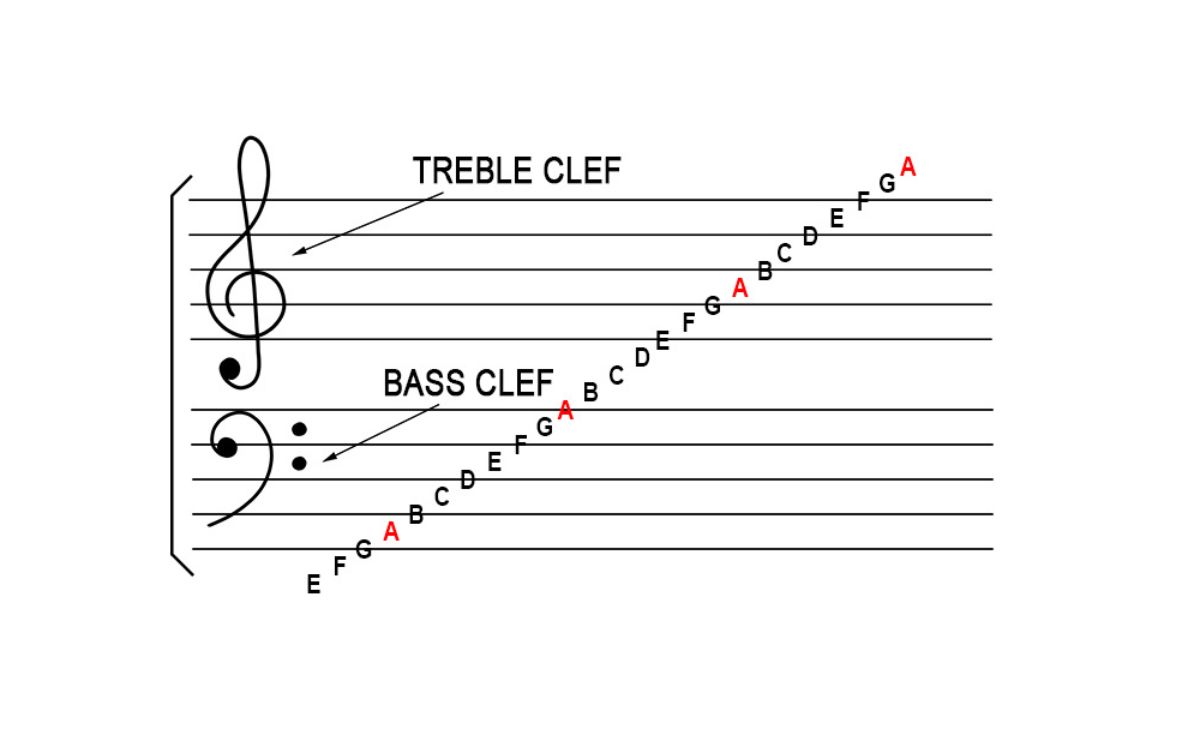Home>Production & Technology>Treble>How Does A Speaker Split Treble And Bass
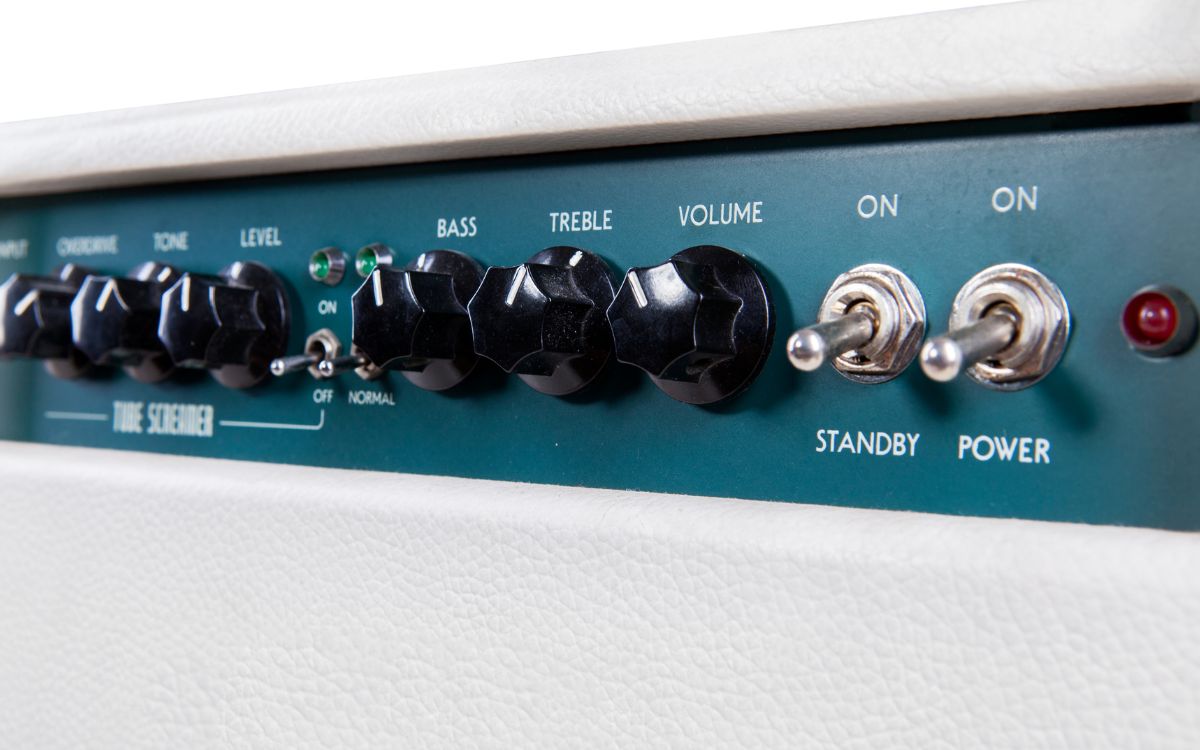

Treble
How Does A Speaker Split Treble And Bass
Modified: January 22, 2024
Discover how a speaker splits treble and bass frequencies to create high-quality sound. Explore the science behind treble reproduction and its impact on audio clarity.
(Many of the links in this article redirect to a specific reviewed product. Your purchase of these products through affiliate links helps to generate commission for AudioLover.com, at no extra cost. Learn more)
Table of Contents
Introduction
When we listen to music or watch a movie, the quality of the audio is a crucial aspect of our overall experience. We want to be able to hear every instrument, every voice, and every sound effect with clarity and precision. This is where speakers play a vital role.
Speakers are responsible for reproducing sound waves and delivering them to our ears. They are composed of various components that work together to create an immersive audio experience. Among these components, the way a speaker splits treble and bass frequencies is particularly important.
Treble and bass refer to different frequency ranges within the audio spectrum. Treble encompasses the higher frequencies, typically associated with instruments like cymbals, flutes, and vocals. On the other hand, bass encompasses the lower frequencies, which give depth and richness to sounds such as drums, bass guitars, and rumbling explosions.
In this article, we will delve into the fascinating world of how speakers split treble and bass frequencies. We will explore the components involved, the techniques used, and the benefits and challenges associated with this process.
Overview of Speaker Components
Before we dive into the intricacies of how speakers split treble and bass frequencies, let’s first gain a basic understanding of the components that make up a speaker system.
1. Speaker Driver: The speaker driver, also known as the loudspeaker or transducer, is the core component responsible for converting electrical signals into sound waves. It consists of a diaphragm, voice coil, and magnet assembly. When an electrical current flows through the voice coil, it interacts with the magnet, causing the diaphragm to vibrate and produce sound.
2. Cabinet: The cabinet is the enclosure that houses the speaker components. Its design plays a vital role in the overall sound quality by reducing unwanted vibrations and resonances.
3. Crossover Network: The crossover network is a critical component that divides the audio signal into different frequency ranges and directs them to the appropriate drivers. It ensures that treble frequencies are sent to the appropriate tweeter driver, while bass frequencies are routed to the woofer or subwoofer driver.
4. Tweeter: The tweeter is responsible for reproducing high-frequency sounds. It is designed to handle treble frequencies efficiently and accurately, ensuring that the subtle nuances and details in the audio are preserved.
5. Woofer: The woofer is responsible for handling the lower frequency range, including the bass frequencies. It is designed to produce powerful and impactful bass tones, delivering the depth and richness that adds depth to music and movies.
By understanding these basic speaker components, we can now proceed to explore how they work together to split treble and bass frequencies effectively.
Understanding Treble and Bass Frequencies
Before we delve into how speakers split treble and bass frequencies, it’s important to have a clear understanding of these two distinct frequency ranges.
Treble frequencies refer to the higher range of audio frequencies, typically ranging from around 2,000 Hz to 20,000 Hz. These frequencies are responsible for capturing the details, brightness, and airiness of sound. Instruments such as cymbals, violins, and female vocals are often found in this frequency range. Treble frequencies add clarity and sparkle to the overall audio reproduction and play a crucial role in creating an immersive listening experience.
Bass frequencies, on the other hand, encompass the lower end of the audio spectrum. They range from around 20 Hz to 200 Hz, and their role is to provide depth, impact, and power to the audio. Bass frequencies are responsible for reproducing sounds from instruments like drums, bass guitars, and the rumble of thunder or explosions in movies. They add richness and a sense of physicality that can be felt in the chest, enhancing the overall listening experience.
While treble and bass frequencies are distinct, they work together to create a harmonious balance in the audio. An optimal audio system ensures that both treble and bass frequencies are accurately reproduced, allowing us to hear every element of the sound with clarity and depth.
Now that we understand the differences between treble and bass frequencies, let’s explore how speakers split these frequencies to ensure precise reproduction.
The Crossover Network
The key component that enables the split between treble and bass frequencies in a speaker system is the crossover network. The crossover network is an electronic circuit that divides the audio signal into different frequency bands and directs them to the appropriate drivers.
The primary function of the crossover network is to ensure that each driver receives the frequencies it is designed to handle, effectively separating the treble and bass frequencies. This prevents the unwanted distortion and muddiness that can occur when drivers try to reproduce frequencies outside their optimal range.
Generally, a crossover network consists of capacitors, inductors, and resistors that work together to create specific filtering responses. Capacitors are responsible for filtering out low-frequency signals, allowing only higher frequencies to pass through. Inductors, on the other hand, are used to filter out high-frequency signals, allowing only lower frequencies to pass. Resistors are used to control the overall sensitivity and balance of the signals.
The crossover network can be either a passive crossover or an active crossover. A passive crossover is designed to split the audio signal after it has been amplified by the amplifier. It is typically placed between the amplifier and the drivers. An active crossover, on the other hand, is placed before the amplifier and requires separate power sources for each driver. This allows for more precise control and adjustments of the crossover points and slopes.
By utilizing the crossover network, the treble frequencies are directed to the tweeter, while the bass frequencies are routed to the woofer or subwoofer. This ensures that each driver operates within its optimal frequency range, resulting in a clearer and more accurate audio reproduction.
Now that we understand the role of the crossover network, let’s delve into how speakers effectively split treble and bass frequencies to achieve optimal sound quality.
How Speakers Split Treble and Bass
Now that we have a grasp of the role of the crossover network, let’s explore how speakers effectively split treble and bass frequencies to achieve optimal sound quality.
1. Tweeter: The tweeter is designed to handle high frequencies, specifically the treble range. It is typically smaller in size and uses materials that are lightweight and responsive to accurately reproduce the delicate nuances and details in the music. The crossover network ensures that the electrical signals containing the treble frequencies are directed to the tweeter, allowing it to reproduce them with precision.
2. Woofer or Subwoofer: The woofer or subwoofer is dedicated to reproducing the lower frequencies, including the bass range. It features a larger diaphragm and is designed to move more air, producing the deep and impactful bass tones. The crossover network directs the electrical signals containing the bass frequencies to the woofer or subwoofer, allowing it to handle these low-frequency sounds effectively.
The crossover network sets specific crossover points, which determine the frequency at which the shift between drivers occurs. These crossover points are carefully chosen to ensure a seamless transition between the treble and bass drivers, avoiding any audible gaps or overlaps.
By splitting the audio signal into treble and bass frequencies and directing them to the appropriate drivers, speakers are able to reproduce the full range of sound accurately and with clarity. This division of labor between tweeter and woofer or subwoofer ensures that each driver is optimized for its specific frequency range, resulting in a well-balanced and immersive audio experience.
Now that we understand how speakers split the treble and bass frequencies, let’s explore the common techniques used to achieve this.
Common Techniques for Treble and Bass Splitting
There are several common techniques used by speaker manufacturers to split treble and bass frequencies and achieve a balanced and accurate audio reproduction:
1. Passive Crossovers: Passive crossovers are the most commonly used technique for splitting treble and bass frequencies in consumer audio systems. They are built into the speaker cabinets and consist of capacitors, inductors, and resistors. The values of these components are carefully selected to create the desired cutoff frequencies and slopes, effectively separating the treble and bass frequencies and directing them to the appropriate drivers.
2. Active Crossovers: Active crossovers are a more advanced technique that involves using separate amplifiers for each driver and an external crossover network. This allows for precise control and adjustments of crossover points, slopes, and equalization. Active crossovers are commonly used in professional audio systems and high-end home audio setups to achieve even greater accuracy and customization.
3. Bi-amping and Tri-amping: Bi-amping and tri-amping involve using multiple amplifiers to power individual drivers. Instead of relying on a single amplifier and a passive crossover, each driver is connected to its dedicated amplifier. This allows for greater control over the power and frequency response of each driver, resulting in improved separation and accuracy of the treble and bass frequencies.
4. Bass Reflex Design: In some speaker designs, bass reflex ports are incorporated to enhance the bass response. These ports can help extend the low-frequency output of the woofer or subwoofer by allowing air to move in and out of the speaker enclosure. This technique is commonly used in bookshelf and floor-standing speakers to enhance the bass performance without sacrificing overall sound quality.
Ultimately, the choice of technique depends on factors such as budget, desired sound quality, and specific audio system requirements. By employing these techniques, speaker manufacturers are able to split treble and bass frequencies effectively, resulting in a balanced and immersive audio experience.
Now that we understand the common techniques for treble and bass splitting, let’s explore the benefits and challenges associated with this process.
Benefits and Challenges of Treble and Bass Splitting
Treble and bass splitting in speakers offers several benefits that contribute to an enhanced audio experience. However, it also presents certain challenges that need to be addressed. Let’s explore both the benefits and challenges:
1. Enhanced Sound Quality: By splitting treble and bass frequencies, speakers can accurately reproduce the full range of audio, from delicate treble details to deep bass tones. This separation allows each driver to focus on its specific frequency range, resulting in clearer, more detailed sound reproduction.
2. Improved Clarity and Detail: Treble and bass splitting helps preserve the intricate details and nuances within a piece of music or audio. With a dedicated tweeter for treble and a woofer or subwoofer for bass, the speaker can reproduce each frequency range more accurately, ensuring a more immersive listening experience.
3. Balanced Frequency Response: Splitting treble and bass frequencies ensures that neither range overpowers the other. It helps maintain a balanced frequency response, allowing for a more natural and enjoyable audio reproduction. The equal distribution of sound across the frequency spectrum enhances the overall quality and cohesiveness of the audio.
4. Challenges in Crossover Design: Designing an effective crossover network can be challenging. It requires careful consideration of crossover points, slopes, and component selection to achieve optimal frequency separation while maintaining a smooth transition between drivers. The complexity increases with the number of drivers and the desired precision of the crossover.
5. Driver Integration: Ensuring seamless integration between the tweeter and the woofer or subwoofer can be a challenge. It involves aligning the acoustic properties of the drivers, such as sensitivity and frequency response, to create a unified sound output. Mismatched drivers can result in inconsistencies and distortions in the audio reproduction.
6. Optimizing Power and Efficiency: Splitting treble and bass frequencies can affect the power distribution and efficiency of a speaker system. Each driver has different power requirements, and inefficient crossover designs can lead to energy loss and reduced overall performance.
Despite these challenges, the benefits of treble and bass splitting outweigh the difficulties. When implemented effectively, it results in a higher level of audio quality and fidelity, allowing listeners to truly appreciate the nuances and full range of sounds in their favorite music or movies.
With a clear understanding of the benefits and challenges involved, we can appreciate the importance of treble and bass splitting in achieving optimal sound reproduction.
Conclusion
Splitting treble and bass frequencies is a fundamental aspect of speaker design, crucial for achieving a high-quality audio experience. By using techniques such as passive and active crossovers, bi-amping, and bass reflex designs, speakers are able to effectively separate and direct treble and bass frequencies to their respective drivers. This division of labor ensures accurate reproduction, improved clarity, and a well-balanced sound.
The benefits of treble and bass splitting are evident in the enhanced sound quality, improved clarity, and balanced frequency response that it offers. By allowing each driver to focus on its specific frequency range, speakers can reproduce the intricate details of treble and the deep impact of bass, resulting in a more immersive and enjoyable listening experience.
However, the process of treble and bass splitting also presents challenges, particularly in crossover design and driver integration. Designing an effective crossover network requires careful consideration of crossover points, slopes, and component selection to achieve optimal frequency separation, while ensuring a smooth transition between drivers. Ensuring seamless integration between drivers is also crucial to avoid inconsistencies and distortions in sound reproduction.
Despite these challenges, the benefits of treble and bass splitting make it an essential technique in speaker design. It allows us to fully appreciate the range and intricacies of sound, and creates a more immersive audio experience in music, movies, and other forms of multimedia.
In conclusion, understanding how speakers split treble and bass frequencies provides valuable insight into the mechanics of sound reproduction. By utilizing techniques and components such as crossover networks, tweeters, woofers, and subwoofers, speakers can create a balanced and accurate representation of audio, unlocking the full potential of our favorite songs and movies.

